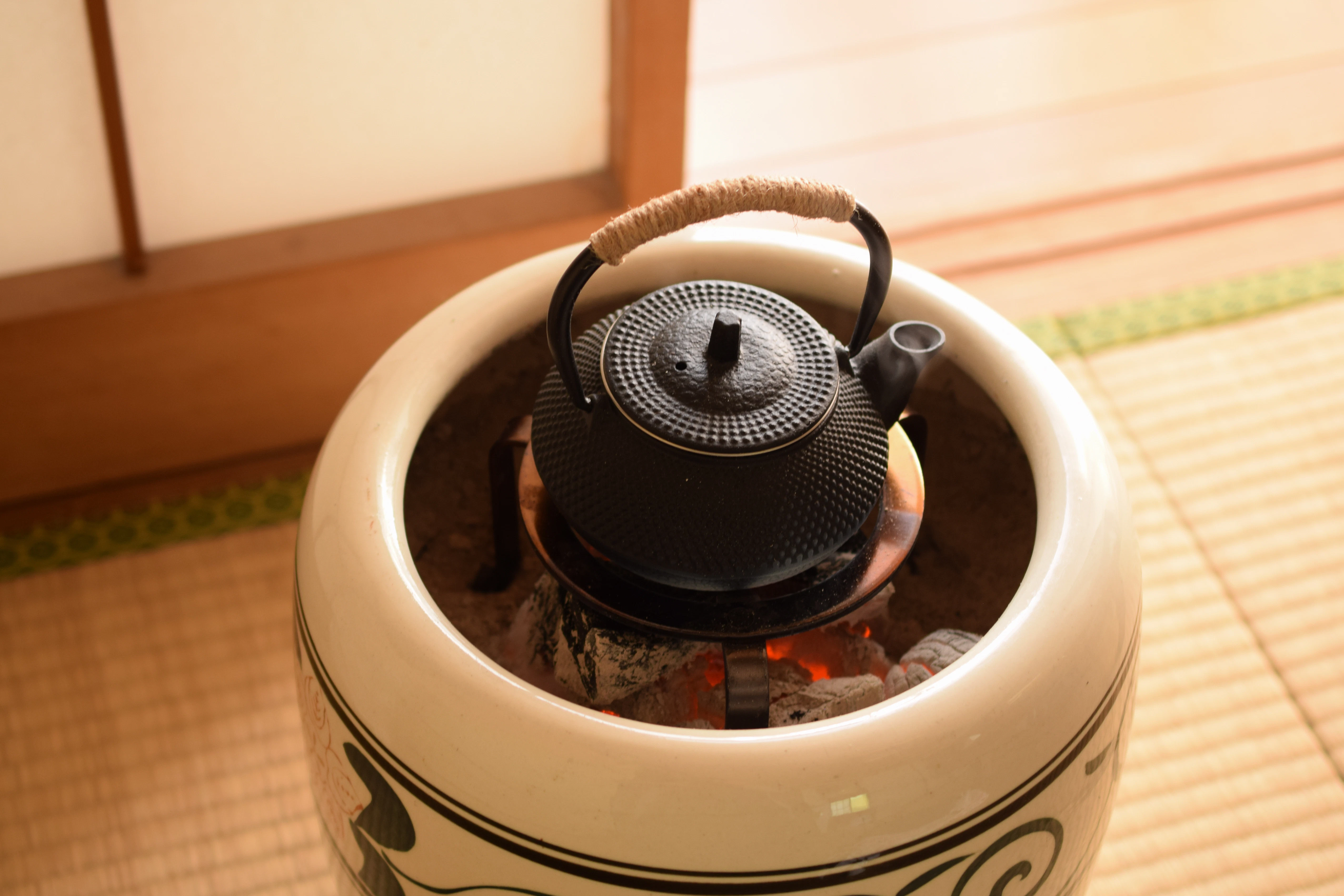.jpeg?w=1500&fm=webp)
What is Nambu Tekki? 400 Years of History and Two Distinct Origins
Nambu Tekki is a general term for cast ironware produced in two areas of Iwate Prefecture: the cities of Morioka and Oshu. Its history dates back approximately 400 years.
Beneath this single name, however, lie two streams with different origins.
One stream began in the early Edo period as a fine art craft, when the lord of the Nambu clan, who ruled the Morioka domain, invited kettle makers from Kyoto to produce kettles for the tea ceremony.
The other stream is even older, originating in Oshu-Mizusawa in the late Heian period as a tradition of making everyday necessities like pots and pans that were integral to the lives of the common people.
The ironware of Morioka, with its roots in highly artistic tea ceremony utensils, and the ironware of Mizusawa, which pursued practical utility, each underwent their own unique development. In 1959, the casting guilds of these two production areas jointly established the "Iwate Nambu Tekki Cooperative Association" and decided to market the products from both regions under the unified brand "Nambu Tekki."
As a result of this integration, Nambu Tekki came to possess two complementary aspects: the prestige of a fine art craft and the familiarity of an everyday tool.

This article is for members only.
Please register to read the rest of the article.
- Read members-only articles
and use text-to-speech. - Unlimited article favourites
and browsing history. - Attend members-only events.
- Get the latest information
with our email newsletter.

.png?w=400&fm=webp)

![[No.4]The Secret to the Expressive Techniques Only Living National Treasure Akihiro Maeta Can Create](https://images.microcms-assets.io/assets/1775a3633c8b428d9f011c6a758a8a5c/9c7bdfdde79840788867596b54617615/OGP4.JPG?w=400&fm=webp)

